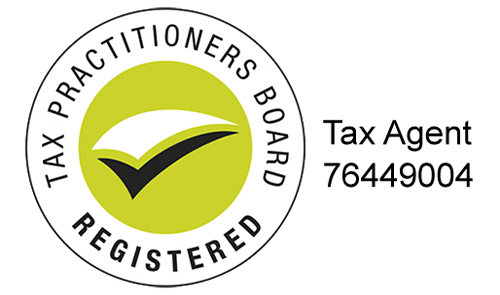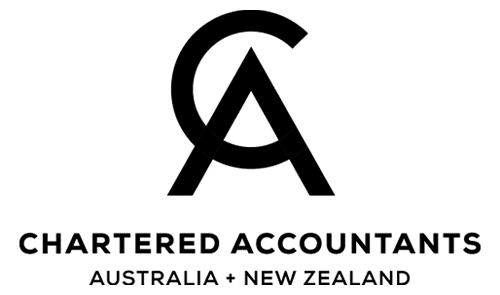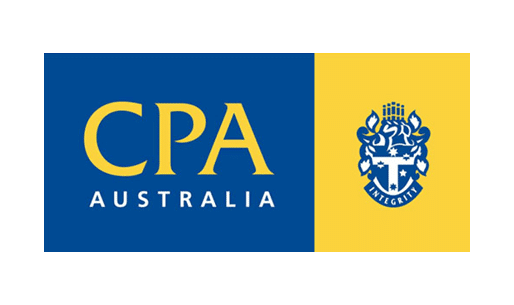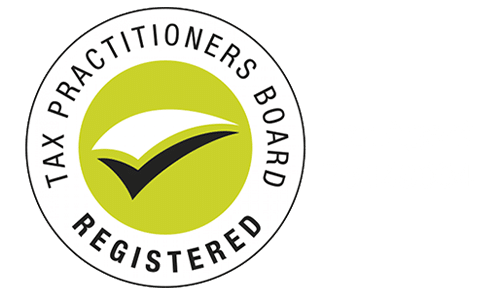
Announcing long-awaited changes to superannuation in Canberra recently, Treasurer Wayne Swan said the measures would only impact on those with super assets of more than $2 million, or about 16,000 individuals.
“There is something wrong in the system where working Australians on average wages are providing excessive support to people with millions in their superannuation account,” he told reporters.
“Why should someone who has millions of dollars in a superannuation account pay no tax on their earnings while someone on $80,000 a year pays a marginal tax rate of 37 cents in the dollar on every additional dollar they earn.” Under existing arrangements, all earnings on assets supporting income streams (superannuation pensions and annuities) are tax-free, in contrast to earnings in the accumulation phase of superannuation, which are taxed at 15 per cent.
The $100,000 threshold will be indexed to the Consumer Price Index (CPI), and will increase in $10,000 increments. Assuming a conservative estimated rate of return of five per cent, earnings of $100,000 would be derived by individuals with around $2 million in superannuation. Existing assets with a capital gains tax liability will only be affected by this measure 10 years after the introduction of the changes – that’s 1 July 2024. It will stop a lot of people selling a house inside a SMSF tax free, but if you already have a house inside a SMSF, you have 11 years to sell it off.
Combined with changes announced in last year’s budget to increase the tax rate of 15 per cent to 30 per cent for those earning $300,000 p.a. the measures will save $10 billion over the next decade. The government will simplify the design and administration of the proposed higher concessional contributions cap by providing an unindexed $35,000 concessional cap to anyone who meets certain age requirements. It has decided not to limit the new higher cap to individuals with superannuation balances below $500,000 in light of feedback from the superannuation sector.
Superannuation Minister Bill Shorten said the government was acutely aware that many people approaching retirement were keen to boost retirement savings beyond the mandatory contribution. For people aged over 60, concessional caps will be increased from $25,000 to $35,000 from July 1, 2013. That concession would be extended to those aged 50 and over from July 1, 2014. You might recall that the government had promised to reinstate the $50000 contribution. To many these changes are anti-wealthy, anti-SMSF and anti successful people, but is anybody surprised – the class warfare continues!
TONGUE IN CHEEK
As a footnote on the Fabulously Wealthy, please consider the following extract from the Australian newspaper of April 5.
“Low income earners are not paying enough tax!! It is patently unfair that the bottom third of taxpayers chip in a mere 5 per cent of income tax in this country. The “fabulously stingy” must be made to pay more, perhaps? The top 10 per cent of taxpayers are paying 45 per cent of all income tax, according to ATO data from the 2009-10 financial year. It is a little known fact that the top 1 per cent of taxpayers – the 91,000 odd people with taxable incomes around $270,000 a year or more – are stumping up a whopping 17 per cent of Australia’s $120 billion income tax bill.”

